Welcome to
Shijiazhuang Sincere Chemicals Co., Ltd.!
News
-
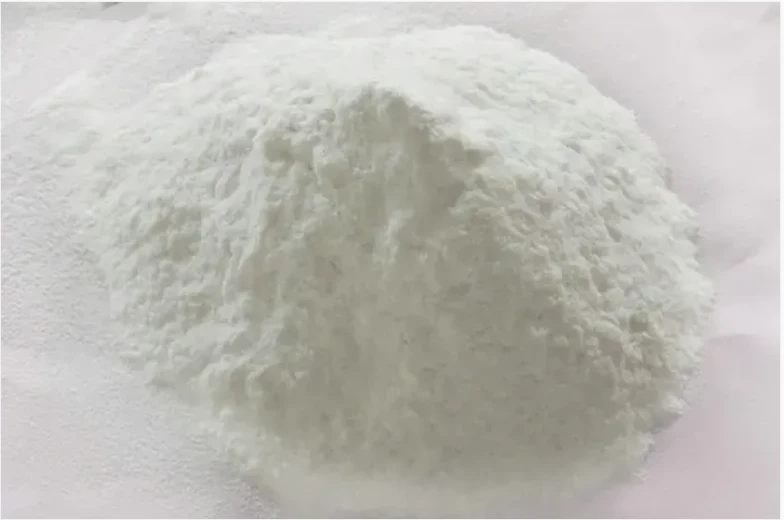 The versatile family of sodium carboxymethyl cellulose derivatives, also known as carboxy methyl cellulose or sodium cmc, serves as essential functional additives across multiple industries.Read more
The versatile family of sodium carboxymethyl cellulose derivatives, also known as carboxy methyl cellulose or sodium cmc, serves as essential functional additives across multiple industries.Read more -
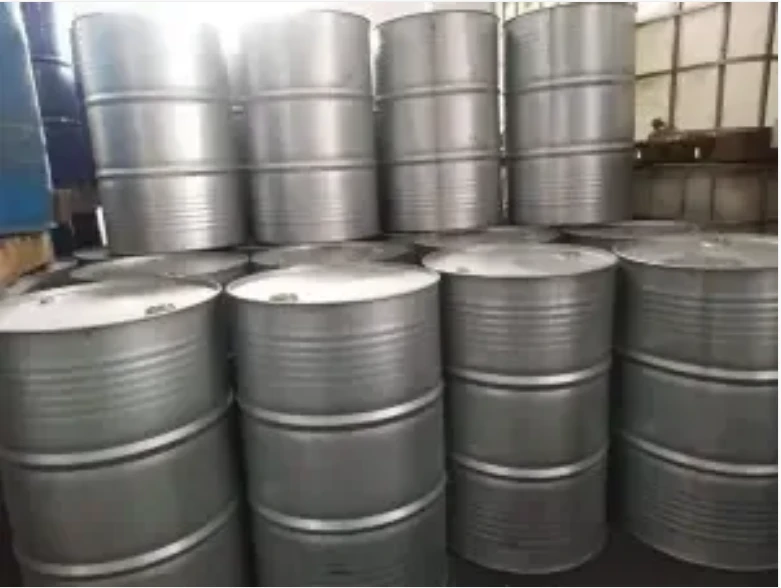 Understanding the safety profile of pentamethyldiethylenetriamine (CAS 3030 47 5) is crucial for its industrial applications in polyurethane production.Read more
Understanding the safety profile of pentamethyldiethylenetriamine (CAS 3030 47 5) is crucial for its industrial applications in polyurethane production.Read more -
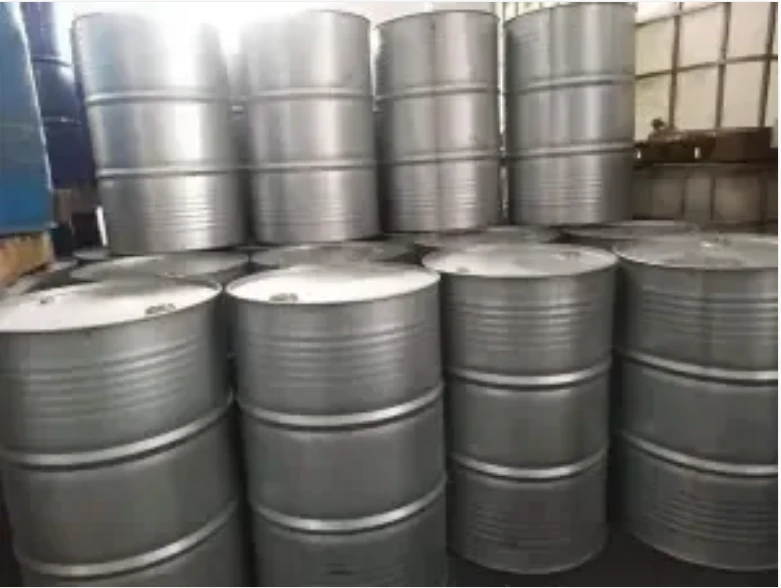 The global market for n methylcyclohexylamine is projected to experience significant growth through 2025, driven by expanding pharmaceutical and specialty chemical applications.Read more
The global market for n methylcyclohexylamine is projected to experience significant growth through 2025, driven by expanding pharmaceutical and specialty chemical applications.Read more -
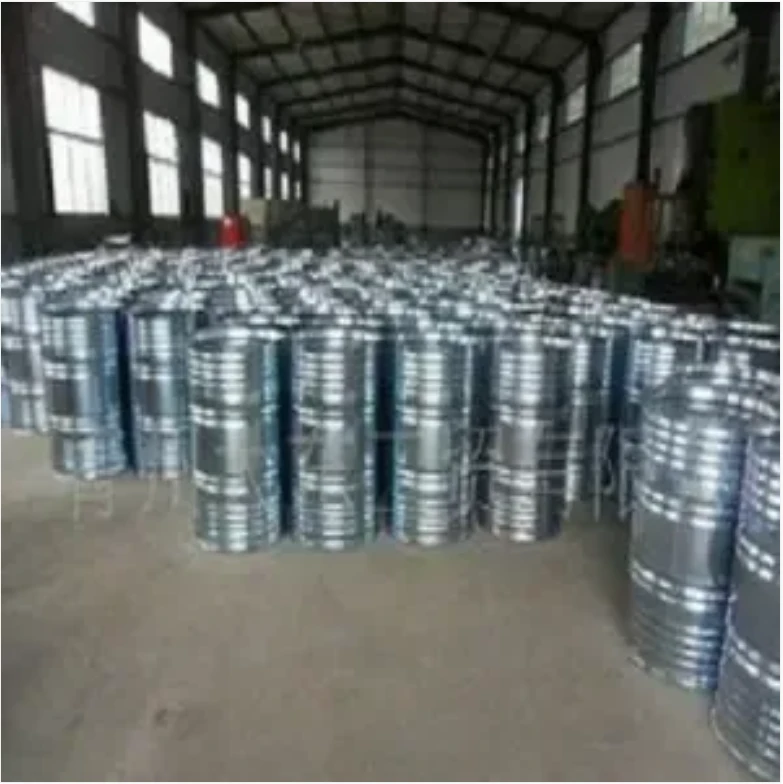 Proper storage of n methylbenzylamine (also known as methylbenzylamine or 2 methylbenzylamine) is essential for maintaining its effectiveness as a pharmaceutical intermediate and organic solvent.Read more
Proper storage of n methylbenzylamine (also known as methylbenzylamine or 2 methylbenzylamine) is essential for maintaining its effectiveness as a pharmaceutical intermediate and organic solvent.Read more -
 Vinyl formamide is rapidly emerging as a game-changing monomer in advanced polymer applications, offering unique properties that enhance material performance.Read more
Vinyl formamide is rapidly emerging as a game-changing monomer in advanced polymer applications, offering unique properties that enhance material performance.Read more -
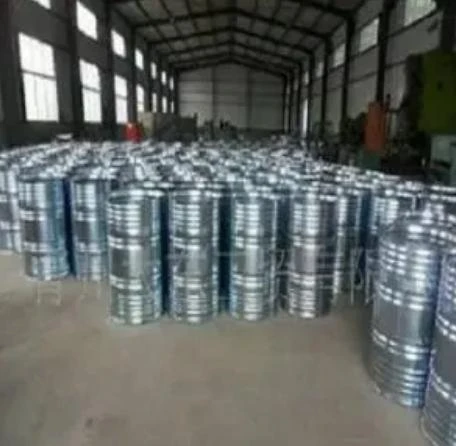 TMEDA is a vital chemical reagent widely used in organic synthesis, polymerization, and as a ligated in coordination chemistry.Read more
TMEDA is a vital chemical reagent widely used in organic synthesis, polymerization, and as a ligated in coordination chemistry.Read more -
 Phenyl dichlorophosphate (also known as phenyl phosphorodichloridate) is a versatile reagent widely used in organic synthesis, particularly in phosphorylation and desertification reactions.Read more
Phenyl dichlorophosphate (also known as phenyl phosphorodichloridate) is a versatile reagent widely used in organic synthesis, particularly in phosphorylation and desertification reactions.Read more -
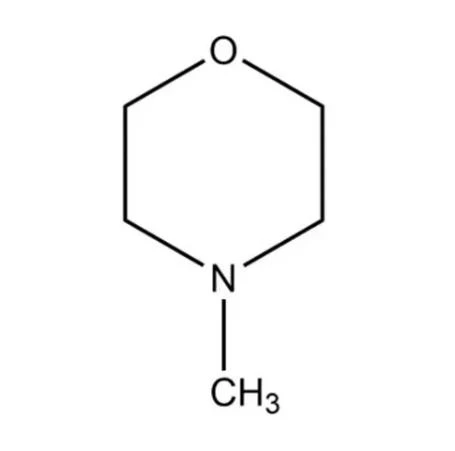 N Methylcyclohexanamine is a versatile organic compound widely used in pharmaceuticals, agrochemical, and specialty chemical synthesis.Read more
N Methylcyclohexanamine is a versatile organic compound widely used in pharmaceuticals, agrochemical, and specialty chemical synthesis.Read more -
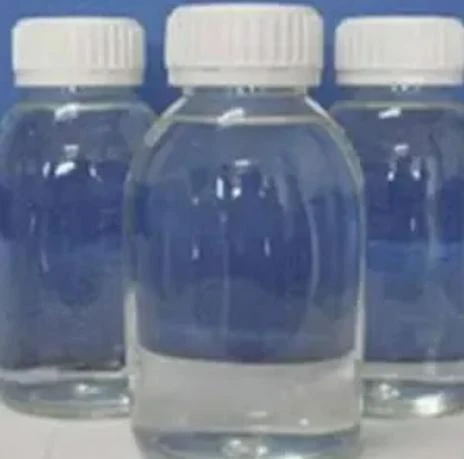 Form amide, a versatile organic solvent with the chemical formula HCONH₂, plays a crucial role in numerous industrial processes.Read more
Form amide, a versatile organic solvent with the chemical formula HCONH₂, plays a crucial role in numerous industrial processes.Read more -
 Phenyl dichlorophosphate (also known as phenyl phosphorodichloridate) is a highly reactive and moisture-sensitive organophosphate compound widely used in chemical synthesis.Read more
Phenyl dichlorophosphate (also known as phenyl phosphorodichloridate) is a highly reactive and moisture-sensitive organophosphate compound widely used in chemical synthesis.Read more -
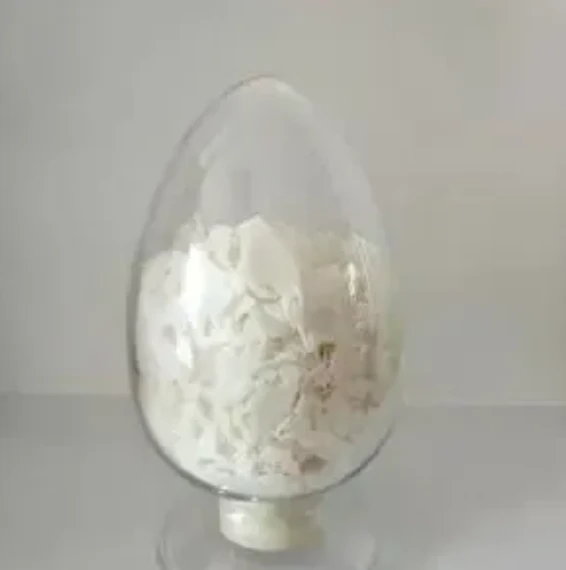 In the vibrant world of dye manufacturing, 1 2 diaminobenzene stands as a crucial ingredient, contributing significantly to the creation of various colorful and high - performance dyes.Read more
In the vibrant world of dye manufacturing, 1 2 diaminobenzene stands as a crucial ingredient, contributing significantly to the creation of various colorful and high - performance dyes.Read more -
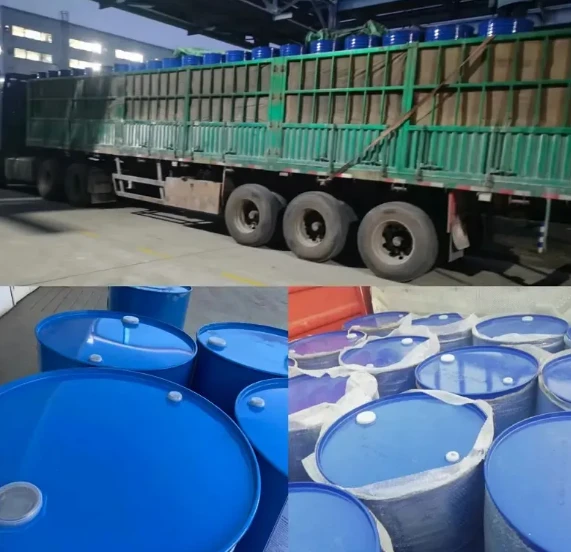 In the dynamic field of chemical catalysis, tetramethylethylenediamine (TMEDA), also referred to as tmeda chemical or tmeda reagent, has emerged as a versatile and indispensable compound.Read more
In the dynamic field of chemical catalysis, tetramethylethylenediamine (TMEDA), also referred to as tmeda chemical or tmeda reagent, has emerged as a versatile and indispensable compound.Read more


